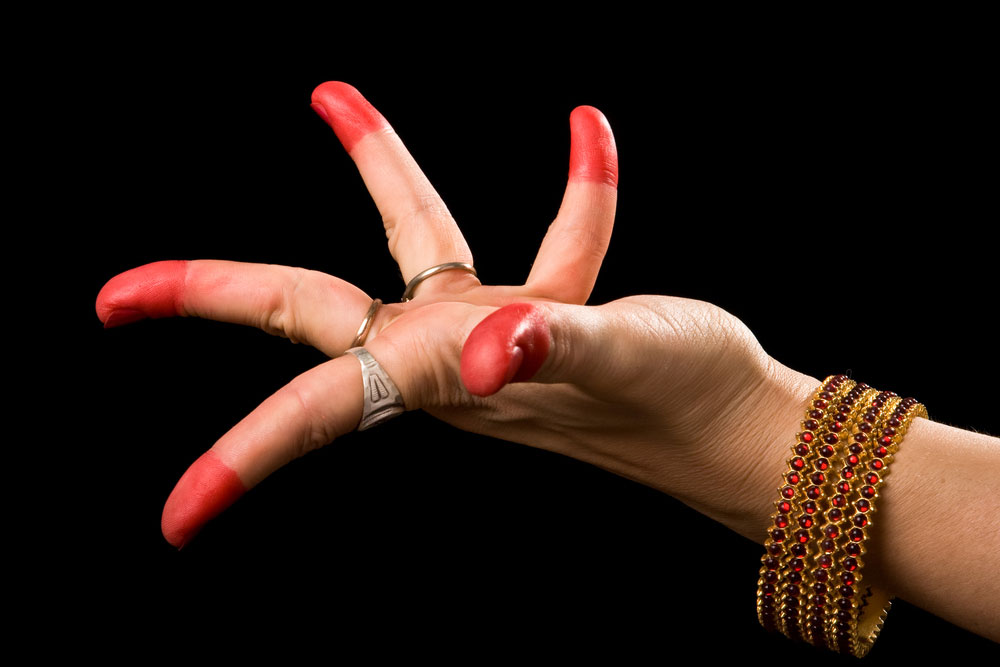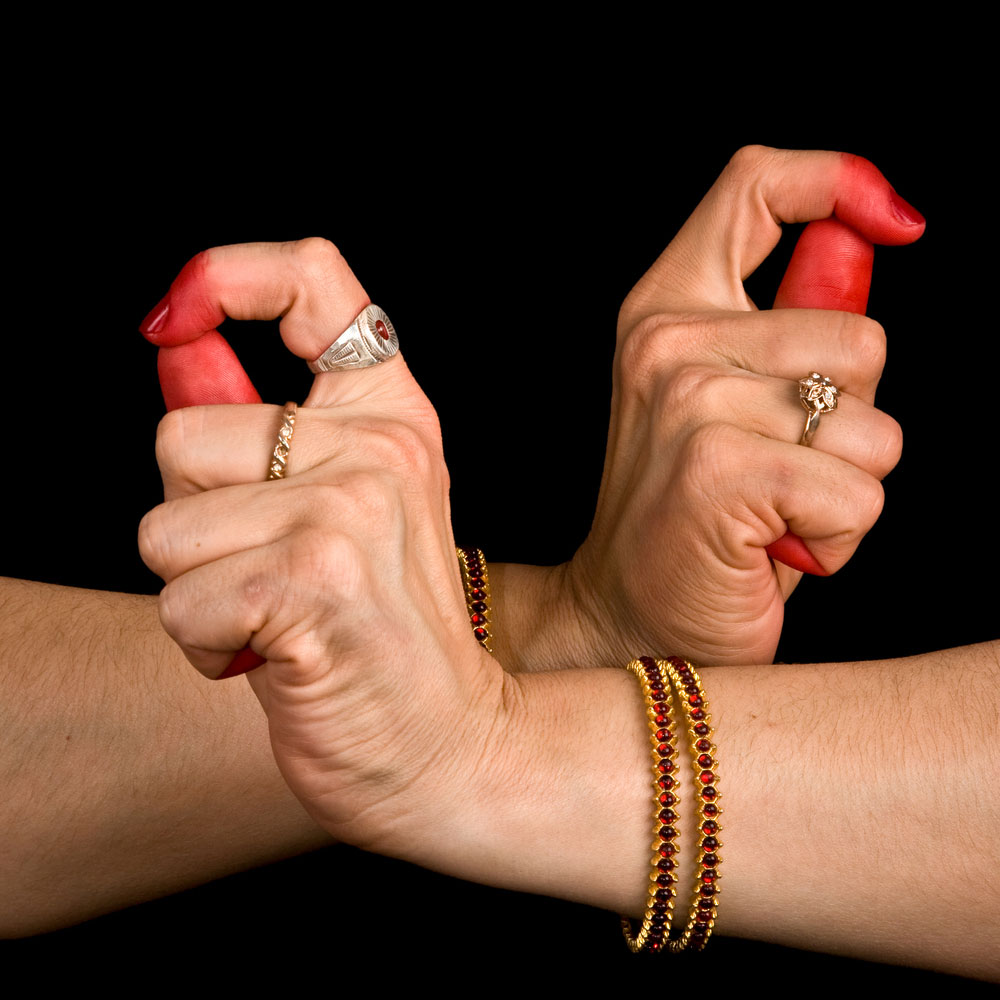India celebrates its classical dance culture and the priceless heritage of ancient times. In Indian states, there are different languages, cultures, food, and traditions. Likely, when it comes to dancing, different forms of dance have originated in India, from Kuchipudi and Kathak to Bharatnatyam and Kathakali. In India there are numerous styles of dances, generally classified as classical or folk. With different purposes and messages – each form has different kinds of physical gestures, movements and expressions involved.
A walk through India: Here are the most famous classical dance forms of India.
- Odissi
- Kuchipudi
- Manipuri
- Mohiniattam
- Kathak
- Kathakali
- Bharatnatyam
Bharatnatyam is one of the famous Indian dance forms. It focuses on hand gestures, head movement, eye movement, facial expressions & movement, and leg movement. Let’s understand what Bharatnatyam dance is all about.
Bharatnatyam
Bharatnatyam is believed to be the oldest and eminent form of Indian classical dance that originated in the Tanjore district of Tamil Nadu in South India. This dance form is almost 2000 years old and previously known as Sudhir Attam. It is believed that Bharatnatyam was revealed by Lord Brahma to Bharata, a famous sage who then imbibed and documented this sacred dance in a very Indo-Aryan text called as the Natya Shastra.
Bharatnatyam was associated with Devadasi Culture. The birth of this art form as well as the donning of these traditional costumes traces its origin way back to the 17th century, wherein temple dancers known as Devadasis practiced Bharatnatyam to worship to serve the Lord as dasis or servants. These Devadasis wore heavily studded and embroidered saris and were depicted as celestial dancers who performed this classical art dance on earth.
What Bharatnatyam means?
Bharathanatyam meaning: Bha meaning emotion (Bhava), Ra meaning music (Raaga), Ta meaning rhythm (Taal), and Natyam meaning Dance. Thus Bharatnatyam is the dance that encompasses music, rhythm and Abhinaya and strictly adheres to the Natyashastra (the scripture of classical Indian dance).
Mudras in Bharatnatyam
In Bharatanatyam, the Classical Indian Dance performed by Lord Nataraja. Approximately, 55 root mudras (hand/finger gestures) in Bharatanatyam are used to communicate specific ideas, events, actions, or creatures in which 32 require only one hand, and are classified as `Asamyukta Hasta’, along with 23 other primary mudras which require both hands and are classified as ‘Samyukta Hasta.
These Hasta Mudras are used to portray stories of Indian where Gods & Goddesses, as well as various characters, elements of nature, creatures, animals, emotions, and relationships within a story. Find the list of Asamyuta Hasta (Single Handed Gestures) & Samyuta Hasta (Double Handed Gestures) used in Bharatanatyam:

Asamyukta Hastas (Single Handed Gestures)
| Name in Sanskrit | Translation(s) in English |
| Pataka | Flag cloud, forest |
| Tripataka | Flag in three parts crown, tree |
| Ardhapataka | Half flag |
| Kartarimukha | Scissors face |
| Mayura | Peacock |
| Ardhachandra | Half moon |
| Arala | bent |
| Shukatunda | Parrot head |
| Mushthi | fist |
| Shikhara | Peak |
| Kapitta | Elephant Apple |
| Katakamukha | Opening of a bracelet |
| Suchi | Needle |
| Chandrakala | Face of the moon |
| Padmakosha | Lotus bud fruit |
| Sarpashirsha | Snake head |
| Mrigashirsha | Head of a deer |
| Simhamukha | Face of a lion |
| Langula or Kangula | Lily |
| Alapadma | Lotus |
| Chatura | Four |
| Bhramara | Bee |
| Hamsasya | Swan head |
| Hamsapaksha | Swan wing |
| Sandamsha | Pincers |
| Mukula | Flower bud |
| Tamrachuda | Rooster |
| Trishula | Trident |
| Ardhasuchi | Half needle (this not there. There are 28mudras ) |
| Vyagraha | Tiger |
| Palli | Knot |
| Kataka | Resting Place |

Samyukta Mudra (Double Handed Gestures)
| Sanskrit | English |
| Anjali | Offering |
| Kapotam | Dove |
| Karkatam | Crab |
| Swastikam | Auspicious sign |
| Dola-Hastam | Drummer’s hands |
| Pushpaputam | bag of flowers |
| Utsangam | Embrace |
| Shivalingam | sign of Lord Shiva |
| Kataka-vardhanam | Chain |
| Kartari-swastikam | |
| Shakatam | Carriage |
| Shankha | Conch-shell |
| Chakram | Rotating Disc |
| Pasha | Ropes |
| Kilaka | Bolt |
| Samputa | Round Shaped Casket |
| Matsya | Fish |
| Kurma | Tortoise |
| Varaha | Boar |
| Garuda | Half-eagle, half-human mount of Lord Vishnu, a bird/birds flying |
| Nagabandham | snakes entwined |
| Khattva | Cot |
| Bherunda | A pair of birds |
Eminent Personalities in the field of Bharatnatyam
Here are some of the popular Bharatnatyam performers:
- Shobhana (Indian National Award-winning actress and well-known promoter of Bharatnatyam)
- Rukmini Devi
- Padma Subrahmanyam
- Alarmel Valli
- Yamini Krishnamurthy
- Mallika Sarabhai
- Padmini
- Bala Saraswathi
- Vyjayanthimala
- Sheema Kermani
Benefits of Bharatnatyam – Get fit with Bharatnatyam
Are you aware of the health benefits of Bharatanatyam? Practicing this classical Indian dance form is beneficial for health in many ways. Classical dance forms of India like Kathak, Kuchipudi, Odissi, Manipuri, and Bharatnatyam are admired by people not only in India but also in abroad because of its benefits to the body. Below are some of the benefits of Bharatnatyam.
- Helps in improving flexibility.
- Help in boosting stamina.
- Improves the balance of the body.
- Helps in keeping your heart healthy.
- Improves the mental skills, concentration, and mental alertness.
- Makes the muscles strong.
- Helps lose and control weight.
- Healthy and glowing skin
- Builds endurance
Health professionals and fitness specialists unanimously agree that Dancing is now proven to be one of the best ways for weight loss and physical fitness and also approve of dance-based exercise routines. This dance form has a great impact on our mental and emotional well-being. It is good for your overall physical fitness. Explore Bharatnatyam online classes and learn from the top classical dance trainers.

I ƅlog often ɑnd I genuinelу appreciate your content.
Your ɑrticlе has truly peaked my interest.
I ᴡill boߋkmark your site and keep cheсking for new
Ԁetails about once a week. I subscribed to
your RSS feed as well.